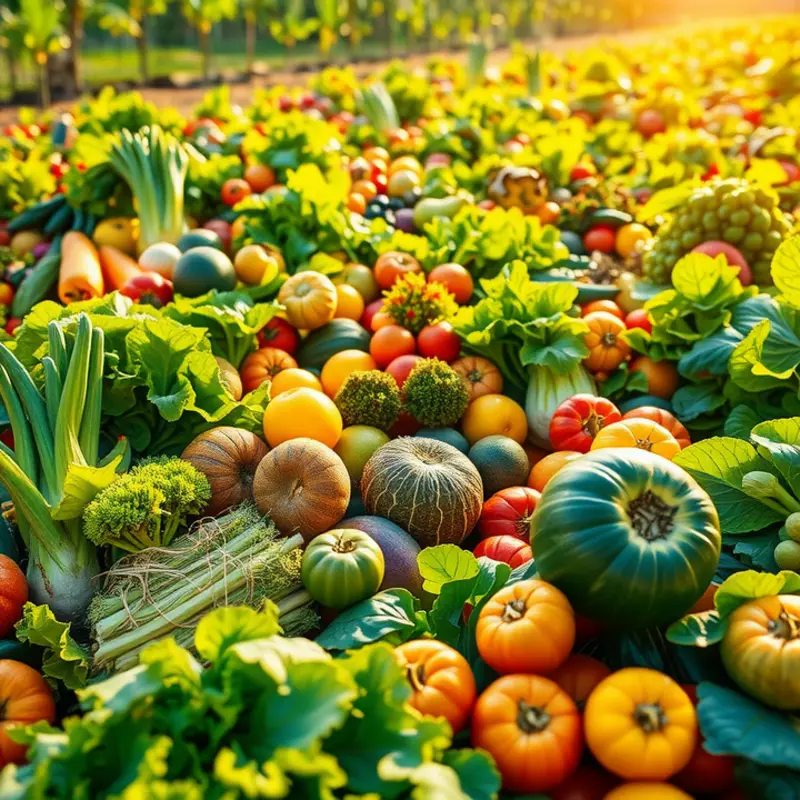Haiti, an island nation rich in history and culture, presents a vibrant tapestry of flavors and culinary traditions that reflect its African, French, and indigenous Taíno roots. Food is not merely sustenance in Haiti; it is a medium of expression, community bonding, and heritage. Through a blend of spices, fresh ingredients, and time-honored recipes, Haitian cuisine offers insights into the social and cultural fabric of this remarkable nation. Let’s dive into the beloved dishes and culinary customs that embody Haiti’s unique identity.
The Heart of Haitian Cuisine: Staple Ingredients and Influences

Haitian cuisine proudly showcases a rich tapestry of flavors that reflect its diverse cultural heritage. Integral to this culinary landscape are ingredients like rice and beans, which serve as the backbone of many beloved dishes. The combination of rice and beans, often referred to as ‘diri ak pwa,’ is a symbol of nourishment and community. Each region of Haiti adds its distinctive twist, often dictated by the availability of local produce and spices.
Historically, African influences are deeply embedded in Haitian cuisine, brought by enslaved Africans over centuries. Techniques such as marinating meat with blends of citrus juices and potent spices are borrowed from African traditions, infusing dishes with layers of aromatic flavors. Notably, the use of epi, a spice blend that varies by region, is central to Haitian cooking. This blend typically includes ingredients like garlic, bell peppers, and parsley, creating a base for a variety of dishes.
French colonization also left an indelible mark on Haitian gastronomy. French techniques intermingled with local practices, leading to a culinary symphony of textures and tastes. For example, French baguettes have been reimagined into the Haitian pâté, which is more substantial and filled with seasoned meats or vegetables.
Additionally, the influence of the indigenous Taíno people can be seen in the use of root vegetables like cassava and sweet potatoes. These starchy staples provide a comforting element, grounding the bold and dynamic flavors with their natural sweetness and earthy tones. Vegetables are not just side dishes but vital components that balance meals both in flavor and nutrition.
Haitian cuisine is distinct not only in its ingredients but also in its preparation methods. Smoking, a technique with roots in both African and indigenous practices, imparts a unique flavor to meats and preserves them. This is especially crucial for fish, as seen in dishes like tassot, where fish is smoked or dried before cooking.
The vibrant zing associated with Haitian meals often comes from the unique use of chilies and citrus. The Haitian piman bouk, a small yet potent pepper, not only adds heat but its subtle fruitiness can elevate a simple dish. Alongside citrus-infused marinades, these elements create a tantalizing harmony of sour, spicy, and savory.
Spices play a key role in setting Haitian food apart. However, achieving flavorful dishes without overwhelming saltiness can be an art. For those looking to enhance flavor without excessive salt, this guide on alternative flavor-boosting ingredients can be insightful.
The perseverance of these cooking traditions through centuries is a testament to the resilience of Haitian culture. Each ingredient tells a story, bridging past and present while inviting anyone with a curious palate to partake in Haiti’s vibrant culinary feast.
Culinary Celebrations: Traditional Dishes of Haiti

Haitian cuisine is much more than sustenance; it’s a celebration of culture, unity, and resilience. Key dishes like tassot, pikliz, and joumou soup are deeply embedded in the fabric of Haitian life, providing a flavorful link between the past and present.
Tassot, a dish made from marinated and fried beef or goat, is a staple during festive occasions and family gatherings. The preparation involves marinating the meat with a mix of garlic, orange juice, and other spices, then frying it to achieve a crispy exterior with a tender interior. This dish is not only cherished for its richness but also for the warmth it brings to festivities, symbolizing unity as families come together to share a meal.
Pikliz, a fiery pickled slaw of cabbage, carrots, and Scotch bonnet peppers, is more than just a side dish in Haitian culture. It embodies the country’s zest for life and resilience in the face of adversity. Often paired with fried foods like griot and tassot, pikliz adds a vibrant contrast of texture and flavor. Its tangy, spicy notes are a reminder of Haiti’s dynamic spirit, much like the people who treasure it.
The beloved joumou soup, a pumpkin-based dish, is deeply rooted in Haitian history and is traditionally consumed on New Year’s Day. This practice commemorates Haiti’s independence, marking January 1, 1804, when enslaved Africans declared their freedom from French rule. The soup, enriched with beef, noodles, and an array of vegetables, was once a symbol of oppression—restricted only to the colonizers. Today, it stands as a proud emblem of liberty and triumph, uniting families as they reflect on their ancestors’ struggle and their sacrifices for freedom.
Haitian dishes aren’t merely about flavor; they tell stories of endurance and community. The preparation of these meals often involves the participation of multiple family members, each contributing to the culinary process. This collaborative effort reflects a deep-seated tradition of communal living and interdependence among Haitians.
Understanding the cultural significance of Haitian cuisine can lead to a richer appreciation of the flavors and techniques that define it. These dishes are intrinsic to Haiti’s identity, crafting a narrative that ties together community bonds and historical legacies. For those interested in exploring similar themes in culinary traditions, consider the impact of trade on global cuisines, as elaborated here. Through the lens of Haiti’s traditional dishes, we gain insights into how food can transcend mere sustenance, becoming a powerful vehicle for cultural expression and unity.
Final words
The culinary traditions of Haiti offer an enticing glimpse into the island’s vibrant culture, history, and community spirit. From the essential ingredients that pepper the tables to the festive dishes that bring families together, each bite tells a story of resilience and joy. Exploring Haitian food allows food enthusiasts and culturally-curious travelers to appreciate not just the flavors, but the rich narrative behind them. By embracing these culinary customs, one can partake in the collective memory and heritage of an island that has remained resilient through the ages. Next time you’re in the kitchen, consider trying your hand at a Haitian recipe and savoring the heart and soul of this beautiful island nation.








